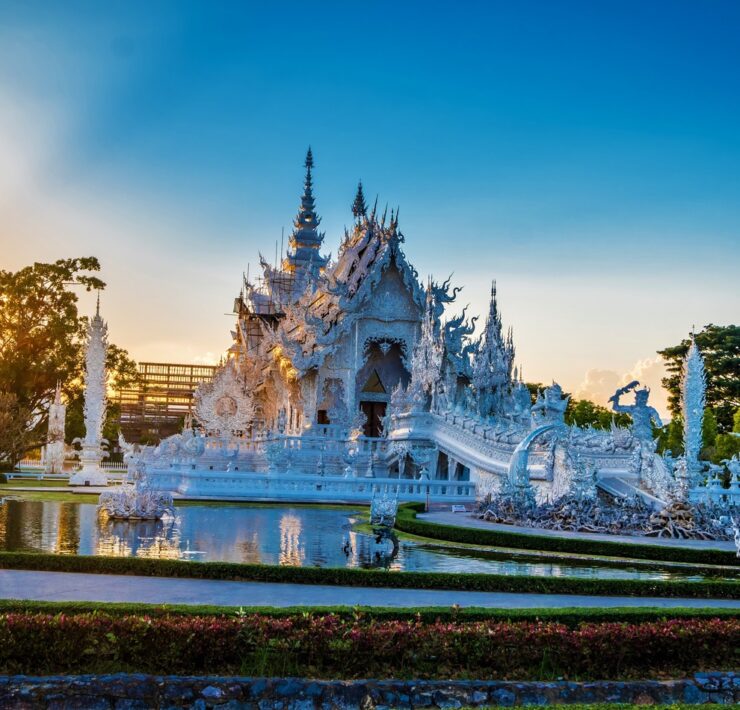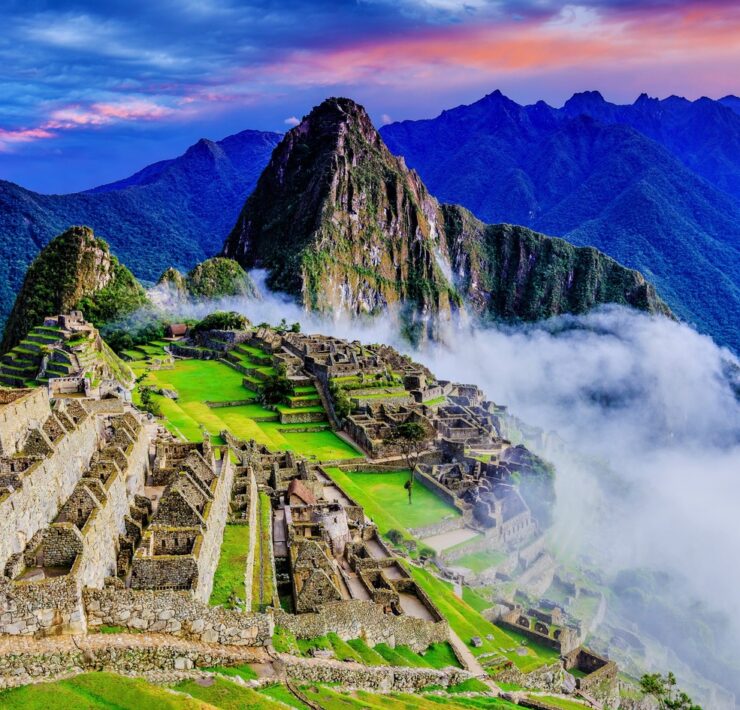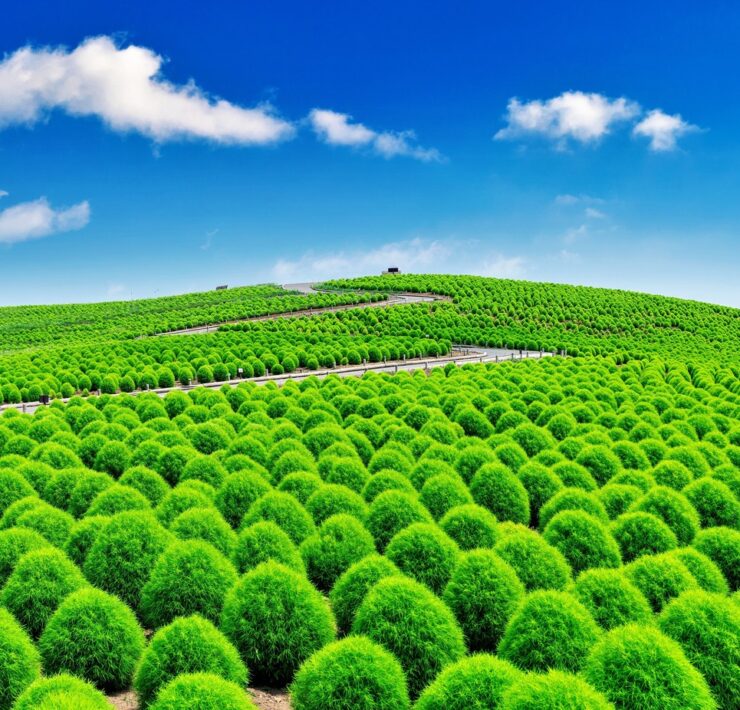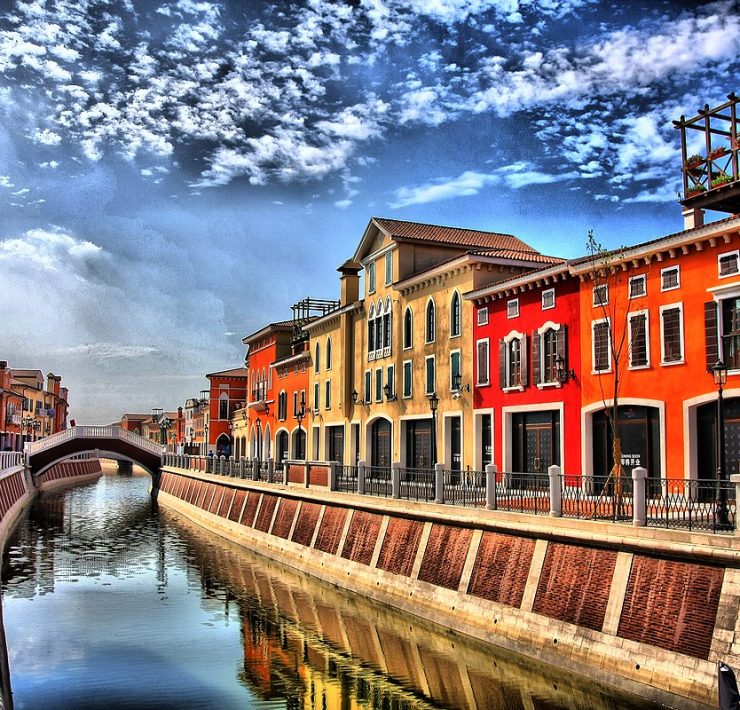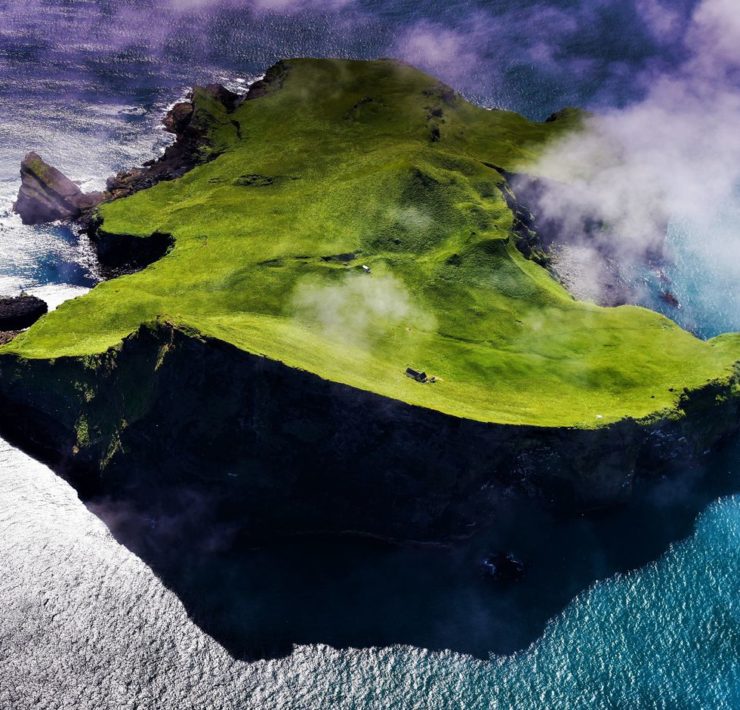ACROS Fukuoka opened in April 1995 in Tenjin, which is situated in the center of the Fukuoka City. It has opened as a center of international information and cultural exchange. The name ACROS is in fact an acronym for Asian Crossroad Over the Sea – Fakuoka.
Everyone at ACROS Fukuoka strives to make the building an Asian Crossroad a center for cultural exchange connecting with the countries of Asia by crossing over the seas.
As an inventor of natural construction, it has become a new innovatory of Fukuoka captivated with lots of green step garden exterior – up like a lavish green mountain.
What’s in the Interior?
The interior consists of a massive exciting entrance and a variety of inspiring facilities including an International Conference Hall, the Fukuoka Symphony Hall, the Takumi Gallery, and the Cultural Information Centre.
The International Conference Hall consists of synchronized linguist boost that are able to accommodate a total of six languages.
The Fukuoka Symphony Hall consists of a full-scale music hall. The Cultural Information Centre provides useful info for visitors to Kyushu, Yamaguchi, and Fukuoka. The Takumi Gallery consists of everlasting presentations of traditional Fukuoka crafts and arts.
The Fukuoka City
For many centuries, the Fukuoka city has been open to the world towards the junctions of Asia. The major facilities at ACROS are bound to make it worthy of becoming a new center of exchange.
Based in the Fukuoka City in Japan is the amazing building that goes by the name of ACROS Fukuoka. It features two amazingly distinct sides, one of which looks like a square office building with glass walls with the other side being consisting of a huge attached roof merging with a park.
The garden patios proudly reach up to about 60 meters above the ground, containing a range of 35,000 plants, which represent seventy-six species.
The greenery is a contrast to the triangular lobby and the semi-circular atrium with offices, shops, and symphony hall covering the space. The city center homes the building, which was constructed here on the remaining green area. The architects Emilio Ambasz and friends invented a design in order to preserve the green area as much as it can be preserved and at the same time fitted in a big office building. Additionally, the energy consumption of the building is reduced with a green roof, as the temperature on the interior is more comfortable and constant. There are many more benefits of the green roof, such as it supports the life of birds and insects and also captures rainwater excess.
Success of the Building
The building is a huge success in Japan and its south fascia is used by many in the area for rest, exercise, and affording views of the city and its harbor that is beyond. As a further success to the building, it was featured in a book, which showcased green roofs.
When On Earth Magazine is for people who love travel. We provide informative travel guides, tips, ideas and advice regarding places to see, things to do, what to taste, and much more for world travelers seeking their next dream vacation destination.

